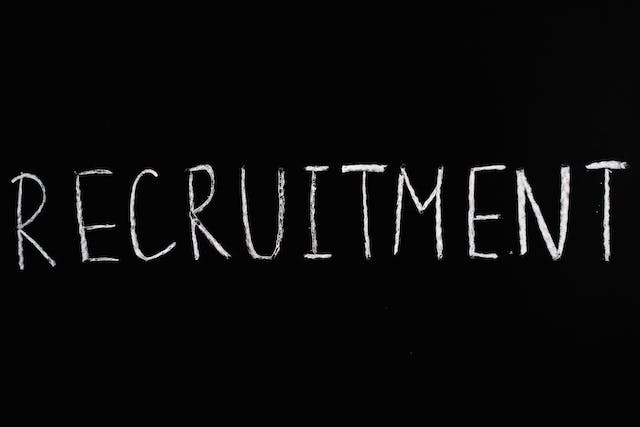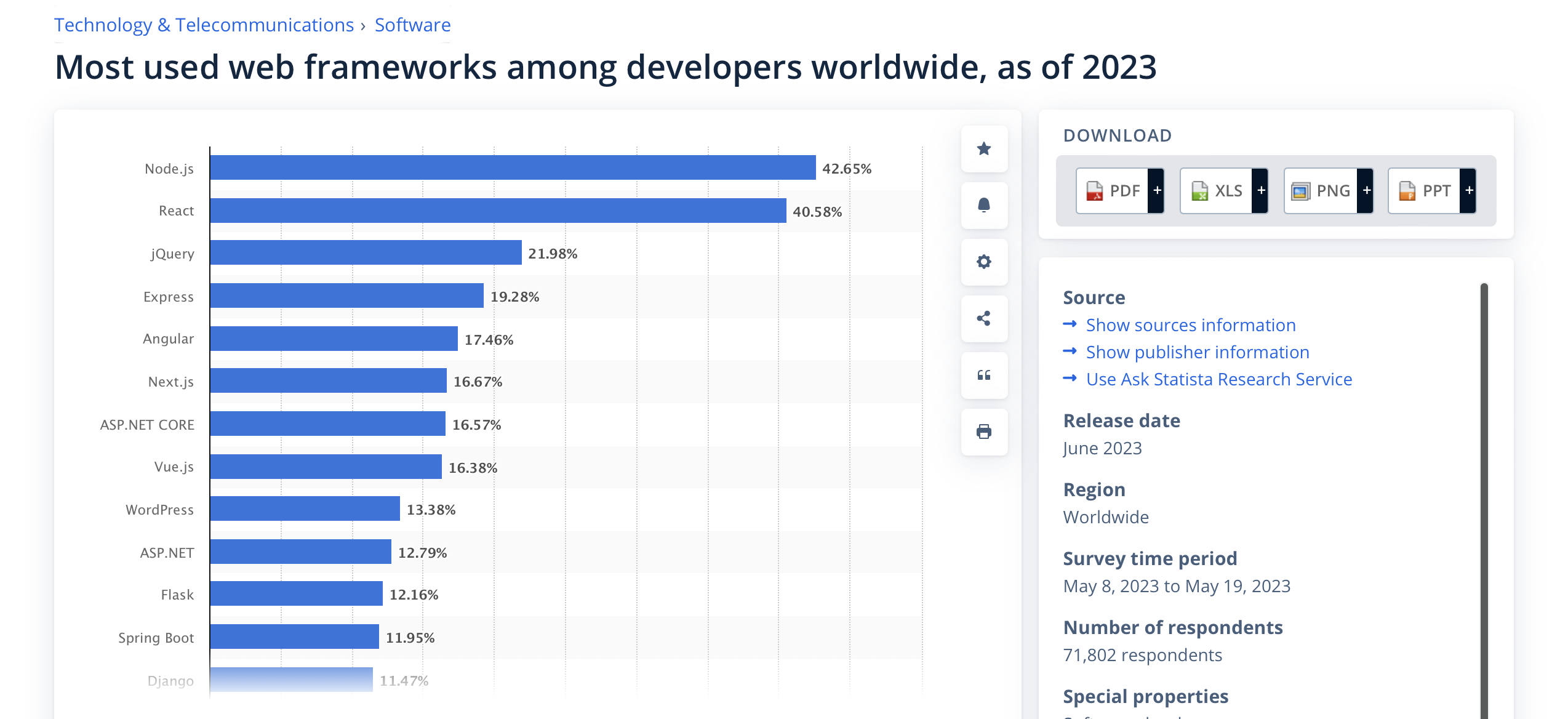Creating Job Descriptions From Templates Can Hurt You. Here's Why.
Published a year ago by sai @ squadgpt.ai
If you are like most people, you probably find a JD online, then use it as a template to make your own. This works pretty well until it doesn’t but most of us can never tell when this strategy has stopped working.
In other words, there is no way to know if the template we found online is an accurate reflection of what a job entails.
Here are some ways JD templates can fail us.
Snapshots in Time
Every JD template or JD creation guide you see online are snapshots in time. Even the best written ones describe jobs that used to be/are being done a certain way but that way may have changed.
Say you are looking to hire a Front End Developer, here is a sample JD shared on Indeed.com.
As you can see, the JD helpfully asks candidates to be proficient in “jQuery”.
Snapshots in Time
Every JD template or JD creation guide you see online are snapshots in time. Even the best written ones describe jobs that used to be/are being done a certain way but that way may have changed.
Say you are looking to hire a Front End Developer, here is a sample JD shared on Indeed.com.
As you can see, the JD helpfully asks candidates to be proficient in “jQuery”.
With the advent of reactive frameworks, most front ends are now built using libraries like React or Vuejs. jQuery is still used, as this Statista screenshot shows, but has been eclipsed by React.
So, if your JD includes a call for jQuery expertise, you are going to be hiring a lot of legacy talent.
Not All Jobs Have Templates
Some of you, tasked with hiring for obscure roles like underwater basket weaving or cloud seeding experts, must be rolling your eyes at the problem of out of date JD templates.
You wish your jobs had a template or two to refer to but Alas!
It is true. While finding JDs for software engineers and paralegals and office assistants is easy, JDs for some roles are impossible to find. What do you do in such situations?
Tonal Whiplash
We have all seen JDs which give us tonal whiplash.
It is true. While finding JDs for software engineers and paralegals and office assistants is easy, JDs for some roles are impossible to find. What do you do in such situations?
Tonal Whiplash
We have all seen JDs which give us tonal whiplash.
What is tonal whiplash, you ask?
Tonal whiplash
It is when a piece of content starts off sounding one way, then abruptly changes style and tone midway because someone had to manually edit the content to add nuance and context.
JDs are especially notorious for this because a template cannot begin to capture every detail and point of difference specific to the role you want to hire for. So, you end up manually adding those extra bits which sound and read differently from the rest of the JD, giving your candidates tonal whiplash.
Tonal Whiplash makes your hiring process seem amateurish thus attracting weaker candidates.
Editing Effort
Sometimes, once you are done editing an existing document or template, you realize that much of the original content has been replaced with content you inserted.
Editing Effort
Sometimes, once you are done editing an existing document or template, you realize that much of the original content has been replaced with content you inserted.
So, was using a template even worth using in the first place?
Conclusion
This is where an AI for hiring which helps you create effective and accurate job descriptions becomes useful. While you may not be aware of the latest and greatest developments in the field of Front End Development, AI will. It is a tireless, all knowing encyclopedia that can summarize and simplify information in language you can understand.
Conclusion
This is where an AI for hiring which helps you create effective and accurate job descriptions becomes useful. While you may not be aware of the latest and greatest developments in the field of Front End Development, AI will. It is a tireless, all knowing encyclopedia that can summarize and simplify information in language you can understand.
